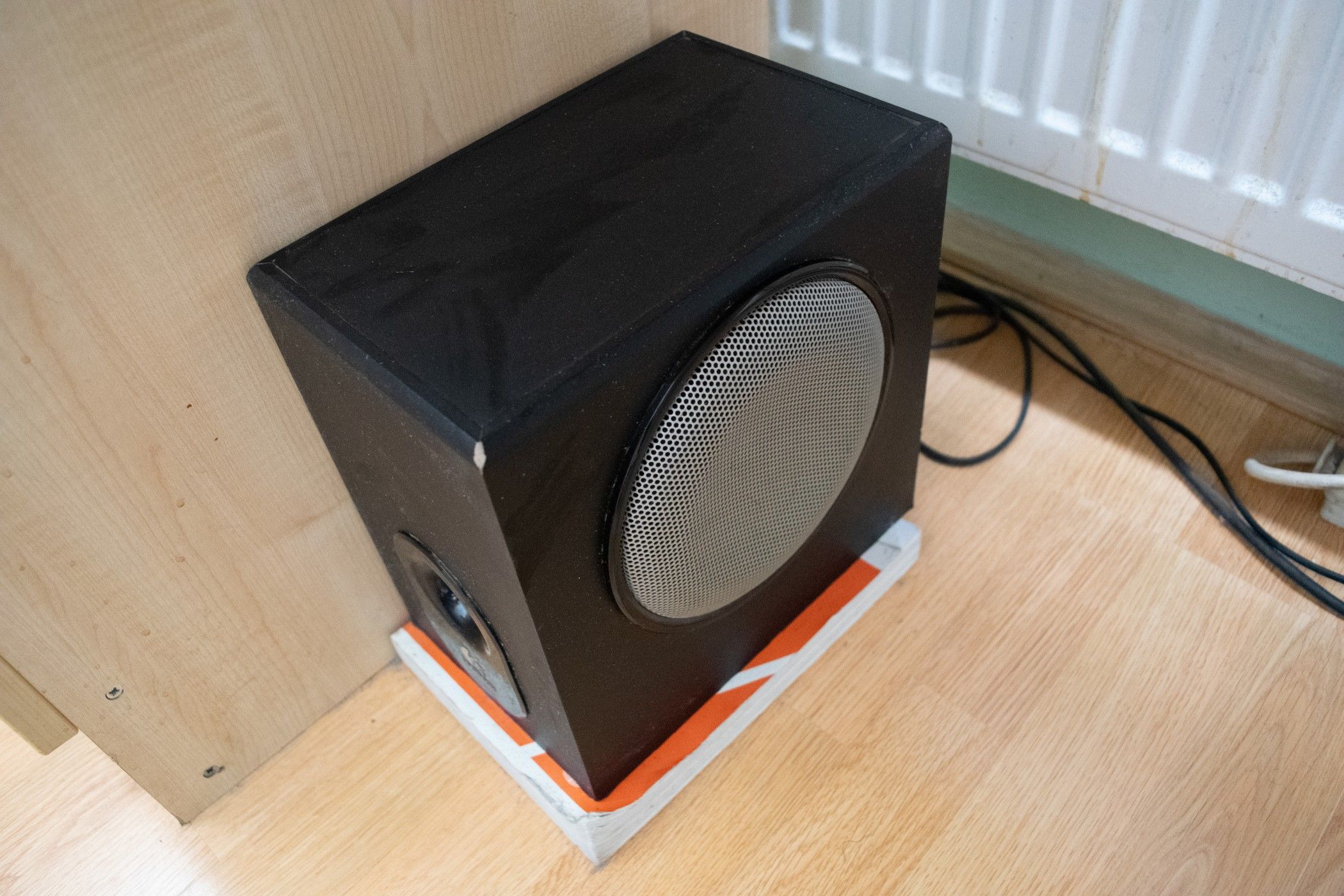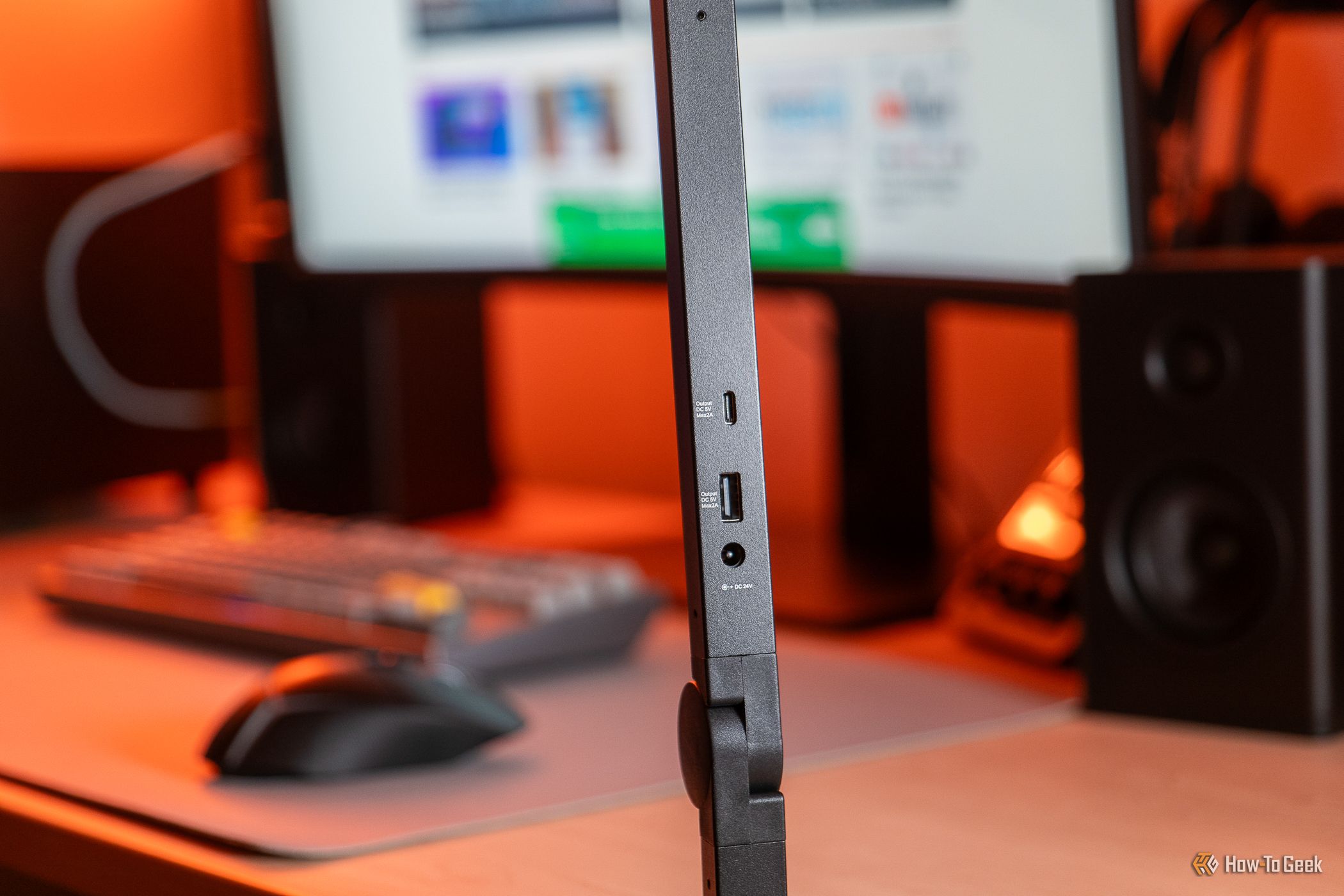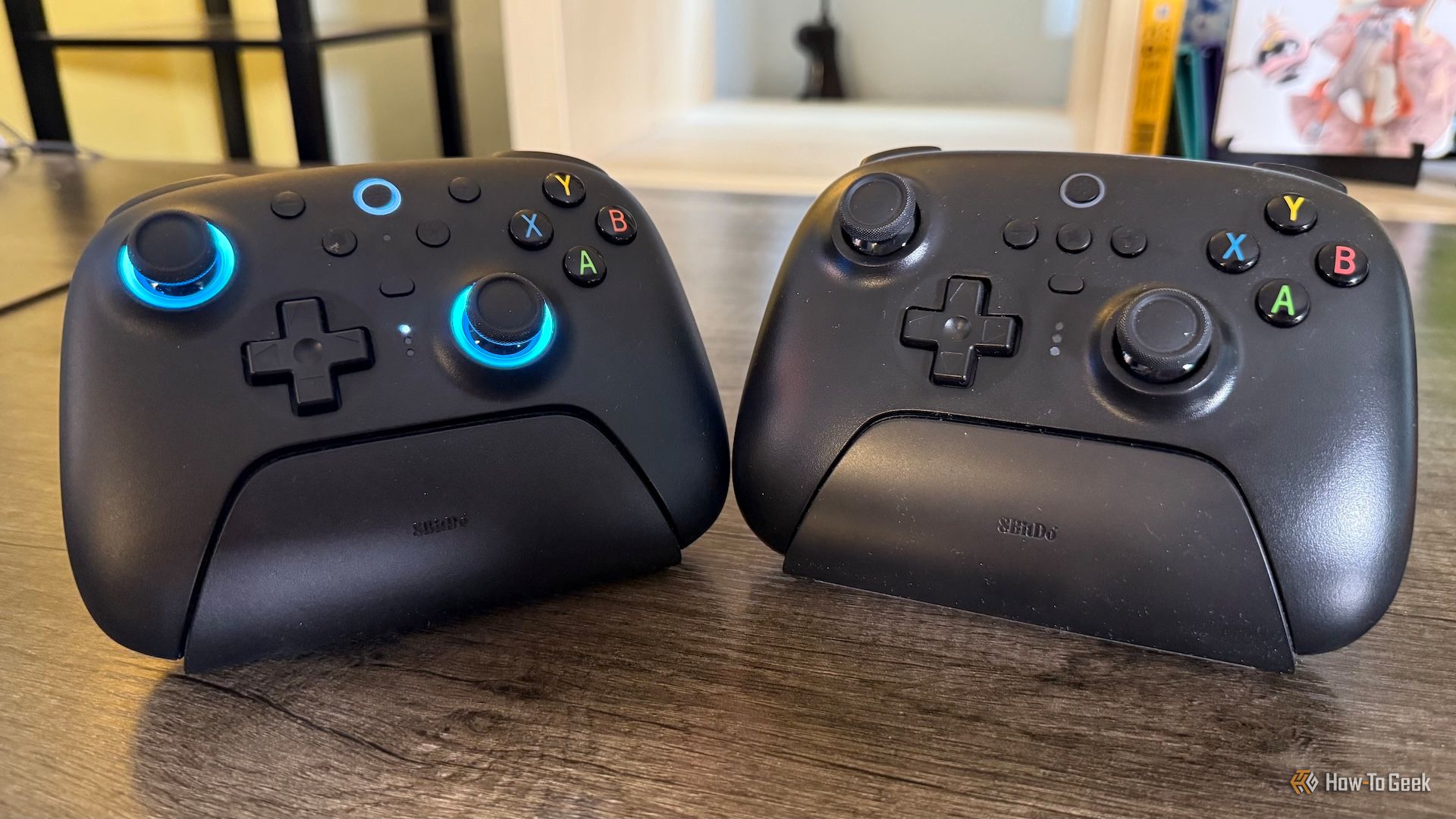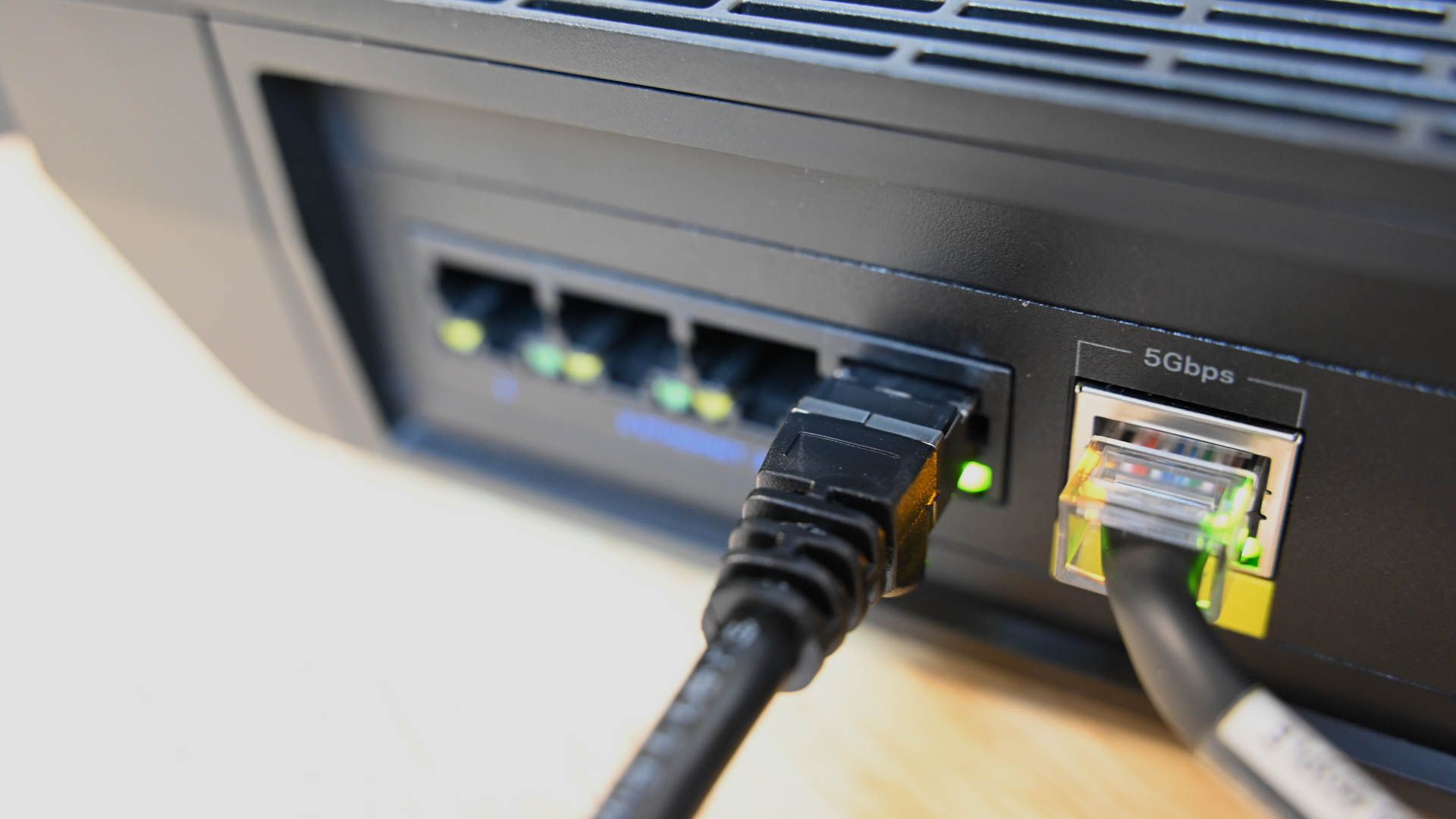Wireless technology has advanced a lot over the past few years and has found its way into almost every type of tech gadget on the market. However, there are still some PC peripherals and gadgets that I refuse to use wirelessly because, for these, the drawbacks outweigh the potential benefits.
7
Speakers
The term “wireless speakers” can refer to two different types: wired speakers that receive an audio signal via Bluetooth, and fully wireless speakers with built-in batteries.
For desktop PC users, Bluetooth speakers offer no real advantages. A wired connection provides more reliable audio transmission, lower latency, and no connectivity issues. Using Bluetooth would result in a noticeable delay when gaming on speakers, along with some signal degradation. If I need to control my speakers remotely, I don’t need Bluetooth to do it. I can just use a remote control app or control music directly via the Spotify app, as it’ll automatically connect to my PC if it’s on.
Fully wireless speakers, like the Anker Soundcore 2, can be a reasonable choice to pair with phones and laptops. They can usually draw power via USB, which allows them to be used wired. However, their limited power output also means that they don’t get loud and can never sound as good, which, for me, limits them mostly to some niche scenarios and outdoor use. For desktop PCs, they’re not all that useful. A more practical solution is to grab a power strip and connect some real speakers.
6
Smart Lights
I own an “outdoor” lamp that, ironically, needs a Wi-Fi signal to communicate with my phone. So, it’s more suited for indoor or backyard use instead, and that’s exactly how I use it.
The main issue with this lamp is that the battery can only last around 16 hours. Worse, it begins to flicker the instant I unplug the USB cable. While being wireless allows me to place it anywhere in my house, that flexibility is undermined by the constant flicker and the fact that I’ll have to charge it again in a day. Instead, I always use it wired, sort of like a desk lamp.
I made a similar mistake with the wireless lights in my hallway. They were advertised as having a three-month battery life, but in practice, they run out of power after just a few days. In contrast, my wired USB lamp and other traditional lamps always work without fuss.
This experience led me to conclude that wireless lights are more trouble than they’re worth. Having to constantly charge them negates the convenience they’re supposed to offer, so it’s better to treat them as wired lamps. They just happen to have a battery in them that can come in handy in emergencies.
5
Keyboard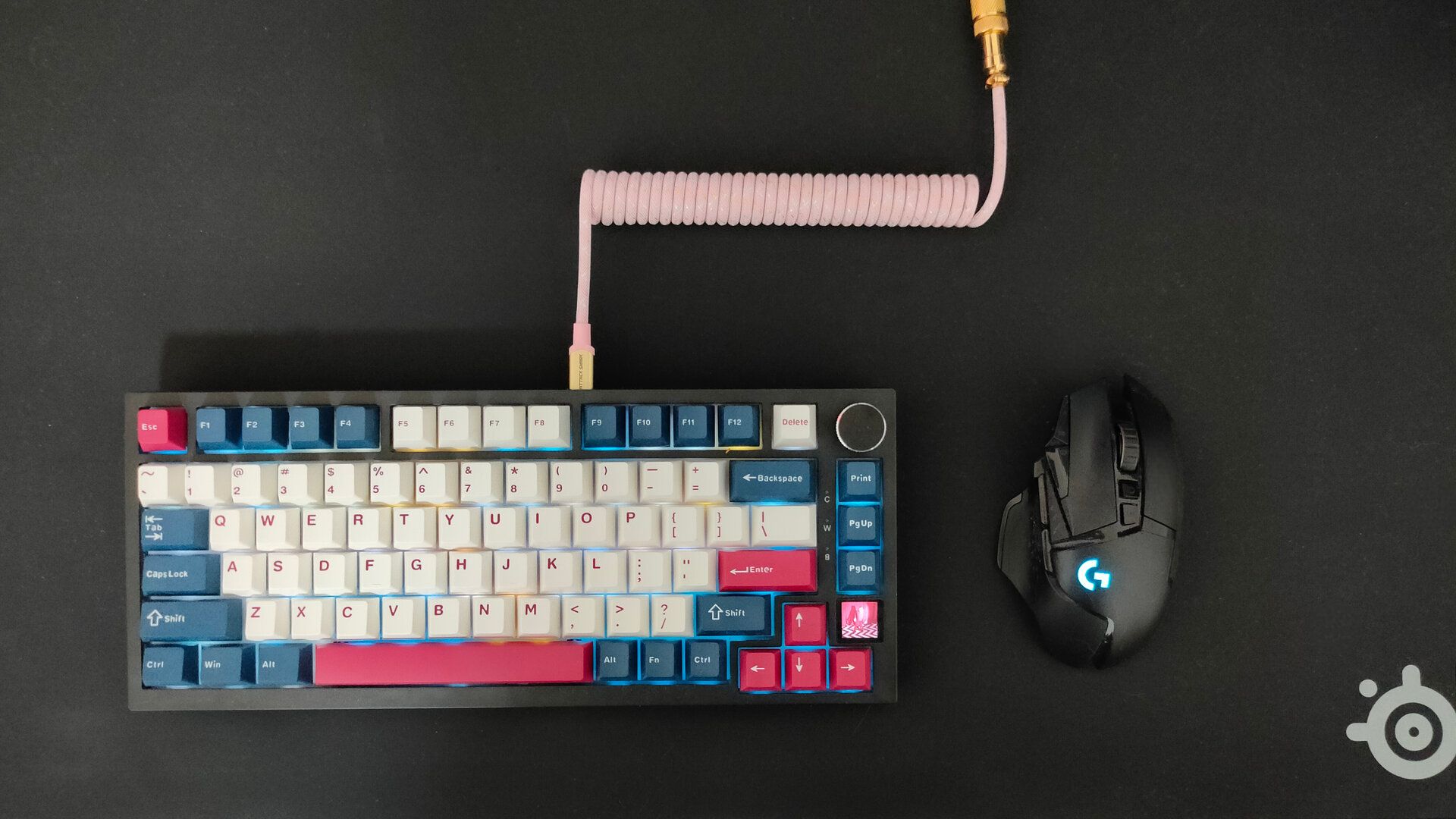
I own two wireless keyboards. I assumed that, since I love my wireless mice and don’t want to deal with cables on my desk, I’d feel the same about my keyboard. However, that didn’t turn out to be the case.
Unless I have a good reason to unplug my keyboard and use it wirelessly, like to use my PC in bed, I just keep it plugged in. Unlike my mouse, which is constantly in motion, and where the drag of a cable can noticeably impact the experience, a keyboard is a mostly stationary peripheral that stays in the same spot on my desk.
While it’s nice to have the option to use it wirelessly, and I do appreciate the clean aesthetics of a cable-free keyboard, wireless keyboards suffer from the same drawbacks as other wireless devices. For instance, the battery can only last a few days, part of the reason being that I keep the RGB backlighting on.
Another issue I’ve occasionally run into is unregistered keystrokes. This likely comes down to a combination of my fast typing, a few milliseconds of input lag, and interference from nearby wireless devices.
In the end, I gave up on using my keyboard wirelessly and instead embraced a fully wired setup, complete with a gorgeous coiled cable that doesn’t hurt my desk aesthetics but rather enhances them with its flashy color and cool retro design.
4
Controller
Unless your budget is extremely tight, there’s no reason to own a wired-only controller. That said, I don’t think that you should always use it wirelessly. Unless you’re sitting far away from your screen, the wire won’t negatively impact your gaming session, but can even help it.
I have an amazing third-party controller, the GameSir Cyclone 2, which supports a 1,000Hz wireless polling rate via the included dongle. I can’t notice any input lag. However, I have suffered from signal dropouts a few times, which is just a fact of life with most wireless gadgets.
While they’re little more than a small annoyance when playing a single-player game 10 ft away from my PC, these little signal dropouts can make the difference between winning and losing in competitive matches in online games like Rocket League. Another small drawback of using my controller wirelessly would mean having to charge it every few days, and I’ve had it die on me while gaming several times already.
That’s why I’ve decided to only use my controller wirelessly when I’m gaming on my TV. A wire doesn’t bother me when I’m seated at my desk, and it even charges the controller, so it’s always ready for a wireless gaming session.
3
Microphone
While wireless computer microphones are rare, they do exist. The main advantage is flexibility—you can continue using them even a few feet away from your desk, which is great for streamers or if you like to recline in your chair when chatting with friends on Discord. They also allow you to position the microphone more freely, eliminating the need for a boom arm.

Related
Whether you’re streaming or making an indie film, these are the best boom mics you can buy.
However, like a keyboard, a microphone is a typically stationary device. Unless you have a specific, compelling need for a mobile microphone, a wired unit is usually the better choice. You’ll likely have superior audio quality, a completely reliable connection, and no need to worry about battery life or charging it.
An alternative solution is to use a wireless headset with a built-in microphone, perhaps alongside a regular wired desktop mic. This setup allows you to switch between inputs depending on how far you are from your desk. It’s also a practical solution that allows you to have a wireless headset, essentially killing two birds with one stone.
2
Headphones
I own both wired and wireless headphones, along with a pair of wireless earbuds, so I’m in a good position to compare them. Wired headphones offer several advantages: they typically deliver better sound quality (particularly within the same price bracket), no latency or signal interruption, they weigh significantly less (which is important for something that sits on your head all day), you never have to charge them, and they generally cost less.
That said, the convenience of wireless headphones is undeniable. You can step away from your desk without worrying about yanking a cable, and you can easily pair them with multiple devices without the need to plug in a cable (if the device even has a port to plug them into). My SteelSeries Arctic Nova Wireless Pro headset supports simultaneous audio playback from both my phone and PC, which is a convenient feature that allows me to scroll through Reels while waiting for a match or switch between my PC and phone in an instant.
However, good wireless headphones come at a price premium. Worse sound quality compared to a wired pair in the same price range is a given, Another drawback is that cheaper Bluetooth-only headphones aren’t suitable for gaming; only units with a proprietary 2.4GHz signal are. With all that in mind, if you’re on a budget, you won’t regret buying wired headphones—I love my wired Sennheiser HD 599 headphones, and I use them almost every day.
The only type of headphone that I could never go back to wired with is earbuds, particularly when using them with my phone. If I’m using my phone for music or watching videos, chances are, I’m on my feet already, so having to drag my phone along with me all the time just isn’t worth it, especially in the gym. In-ear monitors (IEMs) are a different story, though.
1
Internet Connection
This isn’t a device per se, but I’d say it still counts, as it can be used both wirelessly and wired. While Wi-Fi is essential for smartphones, tablets, and laptops, I’ll never use a wireless connection on my PC if there’s any way to plug in an Ethernet cable.
In my new apartment, I went as far as drilling holes and running long Ethernet cables through the kitchen and bedroom just to reach my PC—and I’d do it again if I had to.
That’s because a wired connection delivers stable, high-bandwidth performance free from the fluctuations that plague Wi-Fi (aside from issues caused by the ISP). Even the strongest, most advanced Wi-Fi 7 signal can’t match the reliability of a traditional Ethernet cable. And considering how far away my desk is from the router, I’d never get a stable wireless signal anyway.
Interference is another common issue with Wi-Fi—if you already have wireless devices in your home, they can interrupt your internet connection, which can cause frustrating lag spikes and interruptions during online gaming and important video calls.
While wireless technology is a blessing and even a must-have for some gadgets, the drawbacks, such as frequent charging, potential signal loss, latency, and occasional signal interruptions, only make it worth using on some devices, such as earbuds, mice, and a controller when used from a long distance. For most other things, like keyboards and headphones, I consider wireless an extra perk, but I won’t go out of my way to use them wirelessly.

